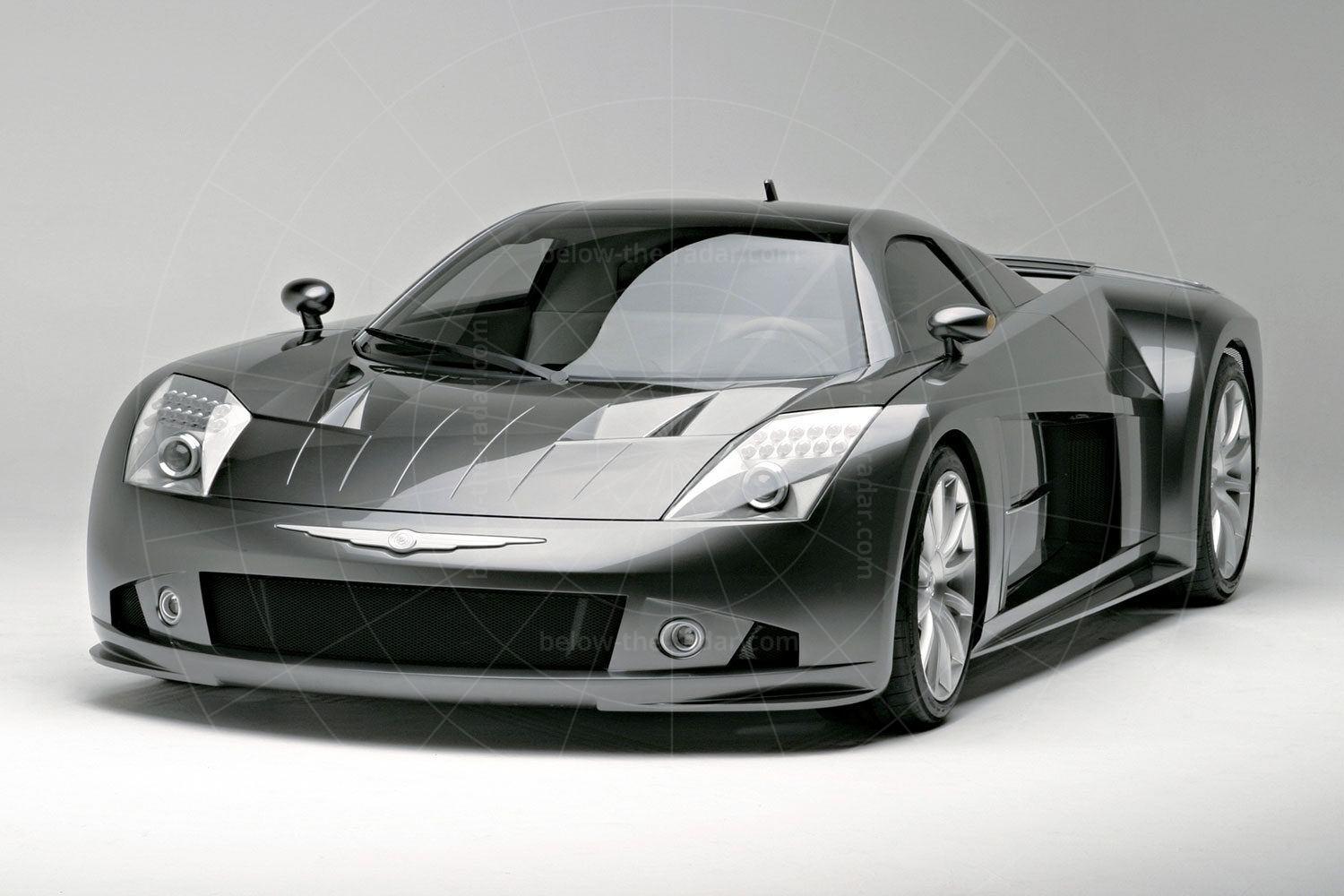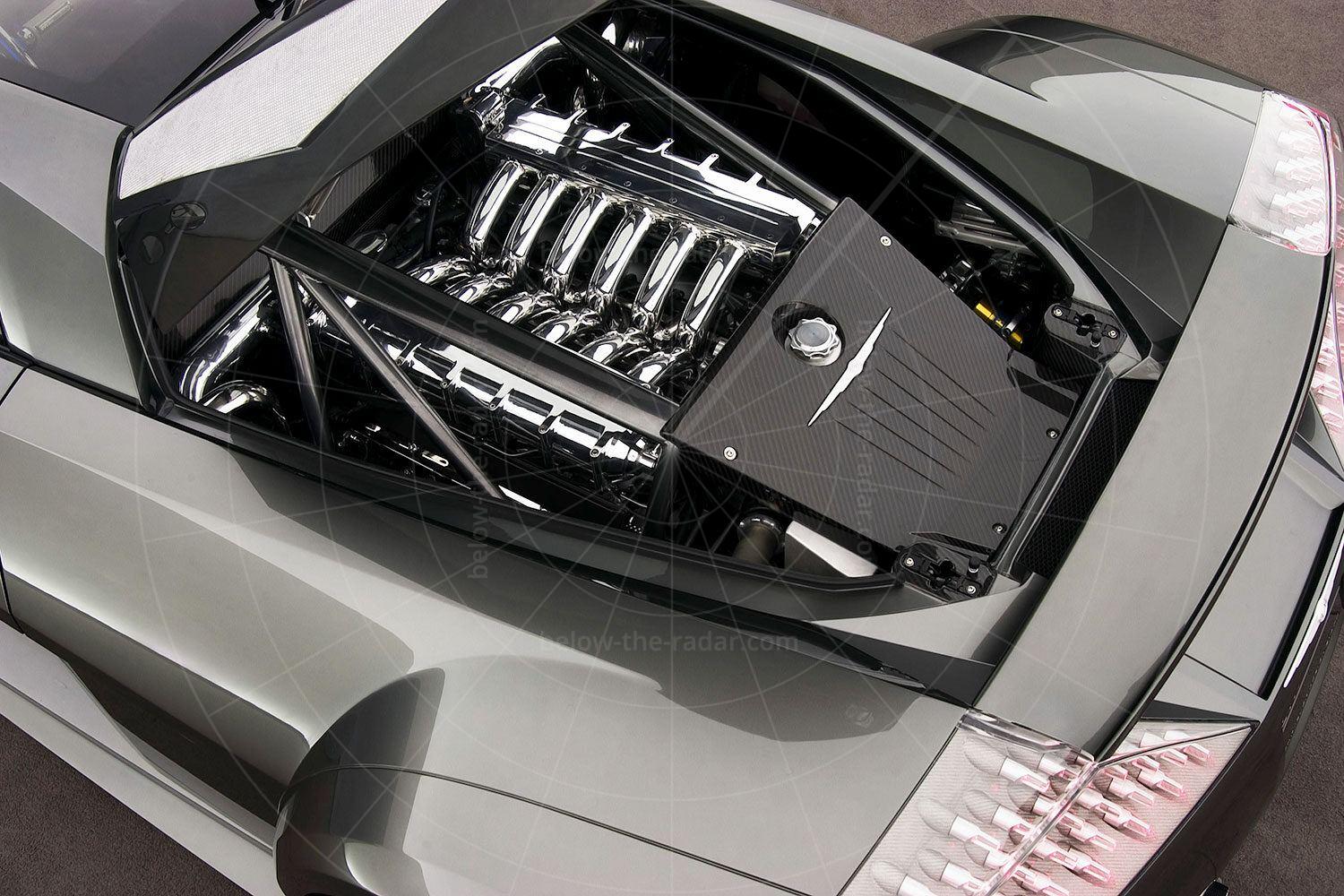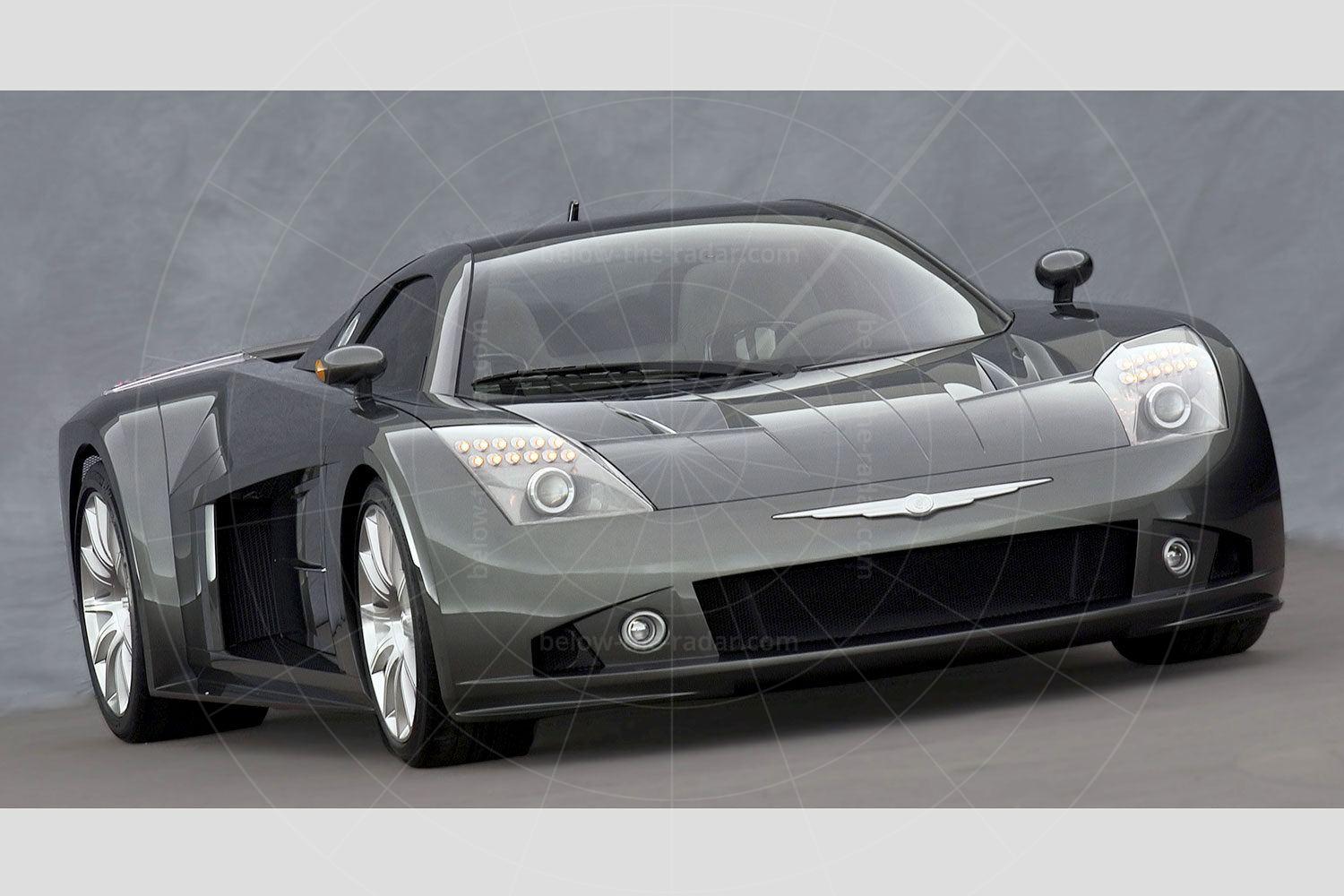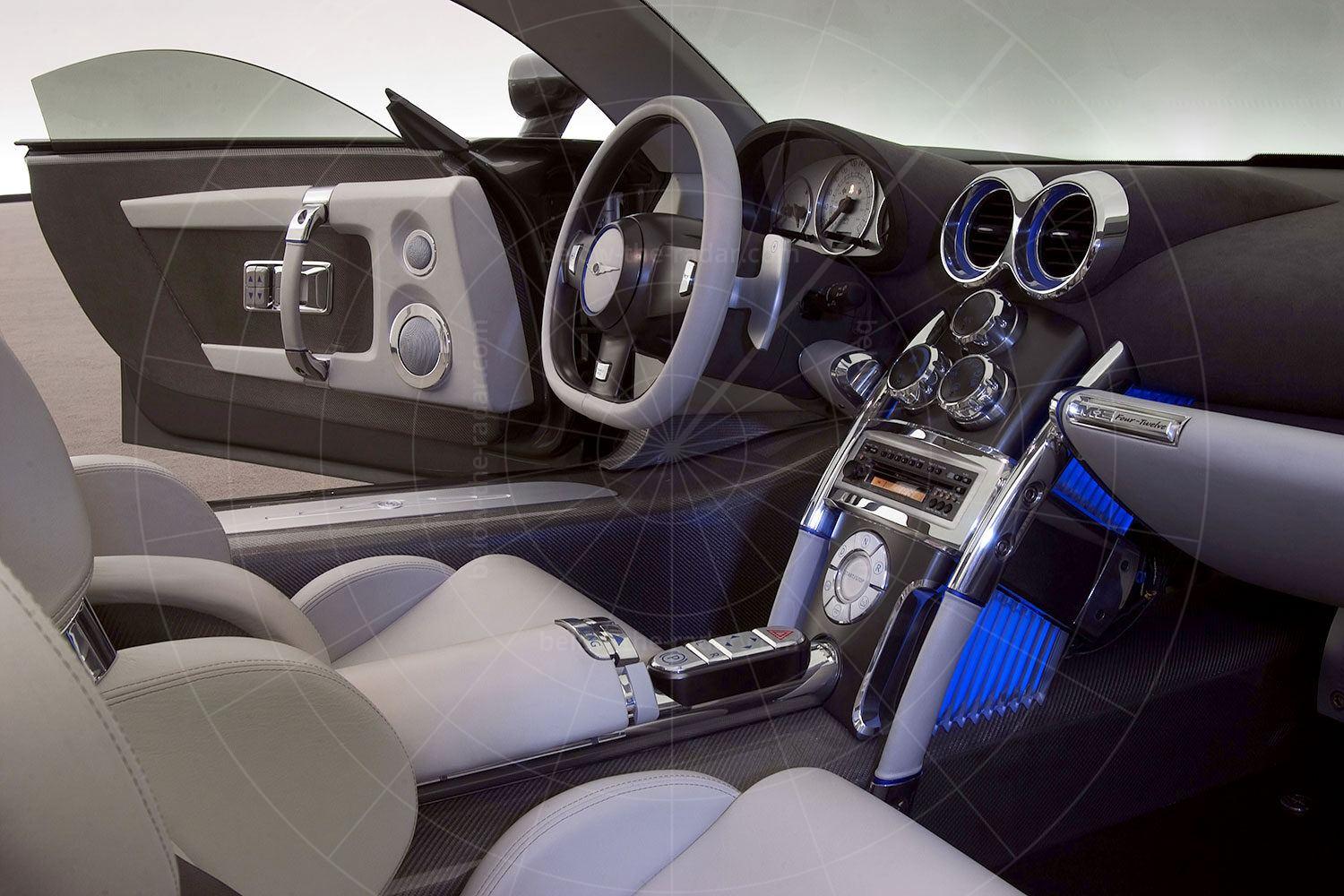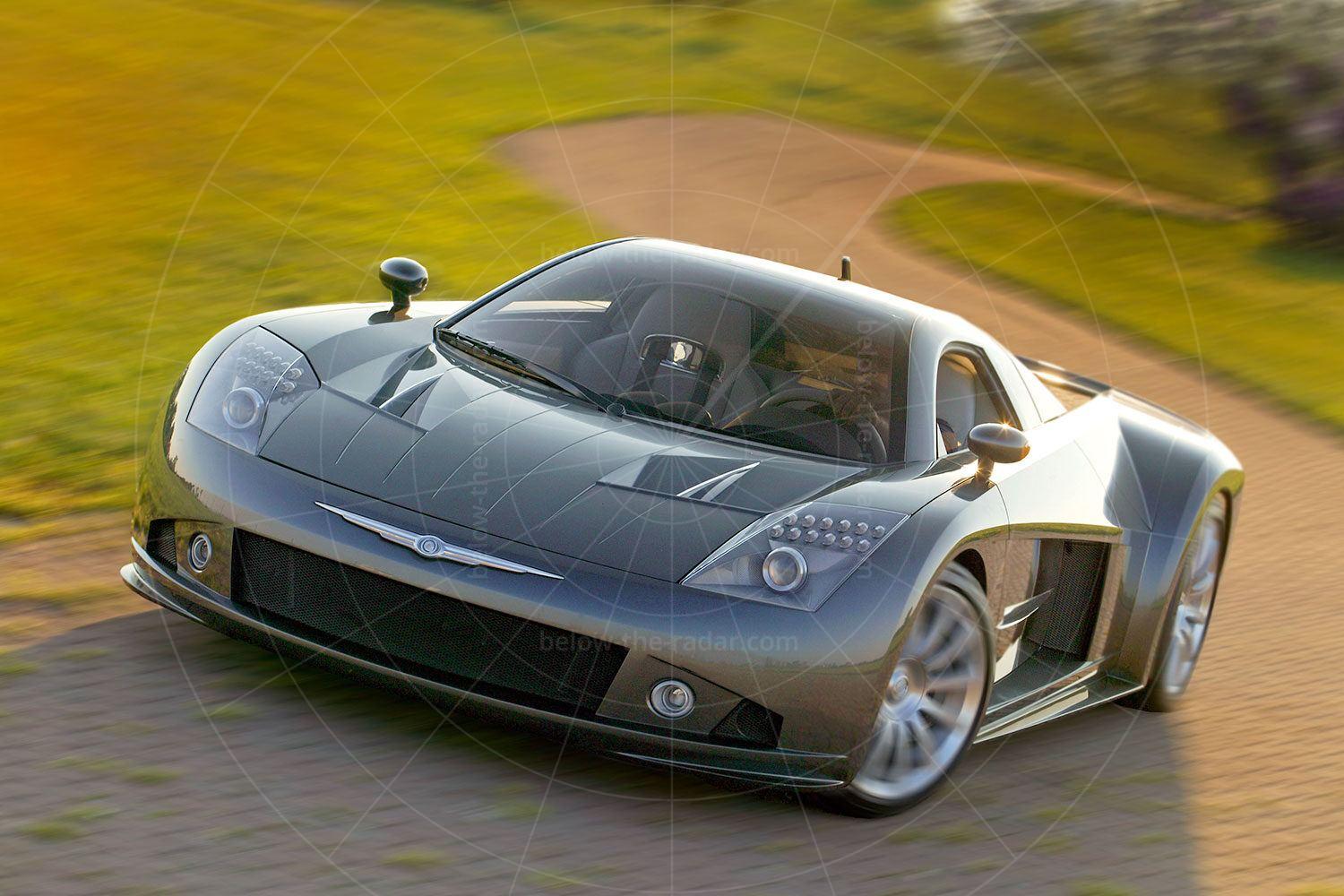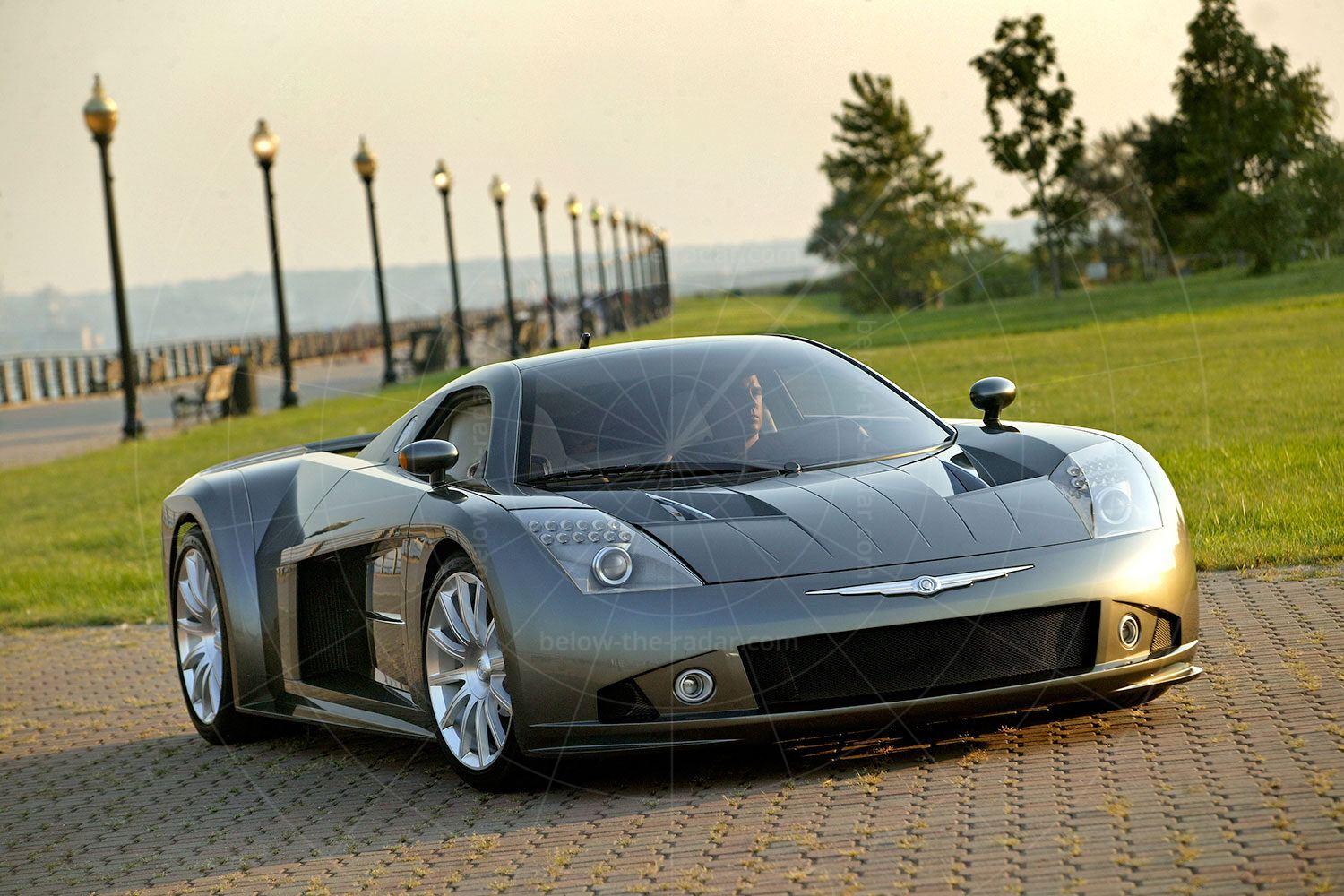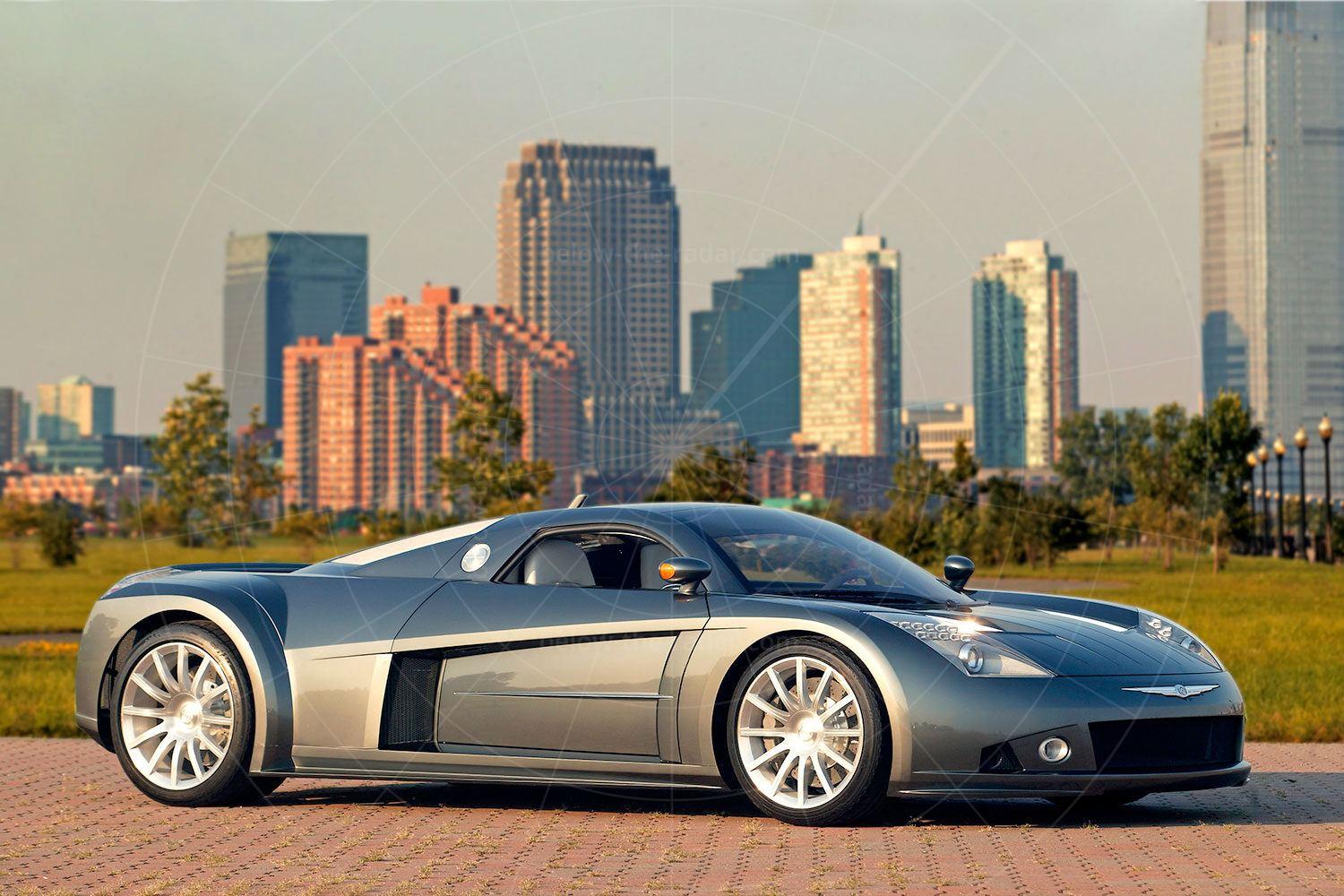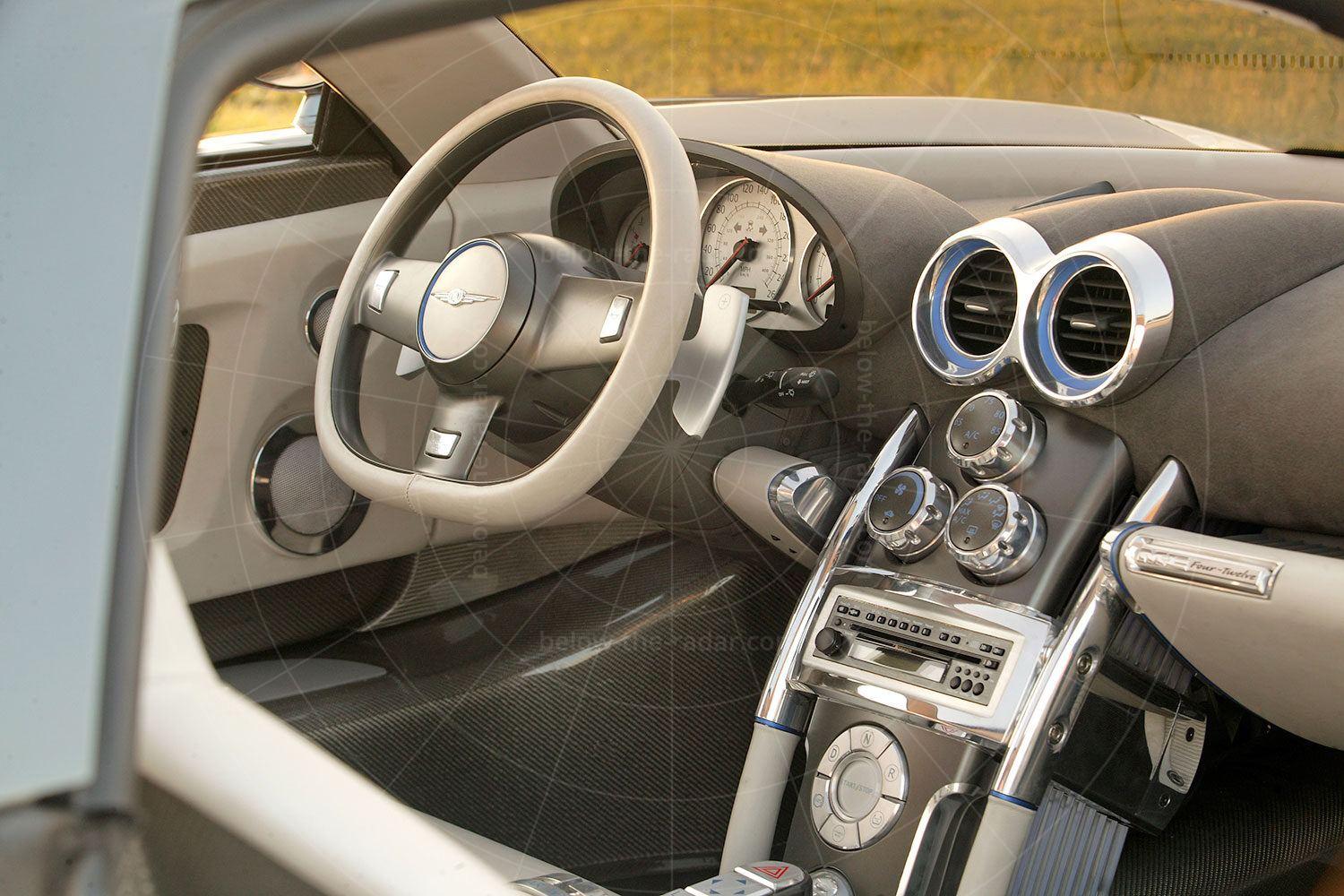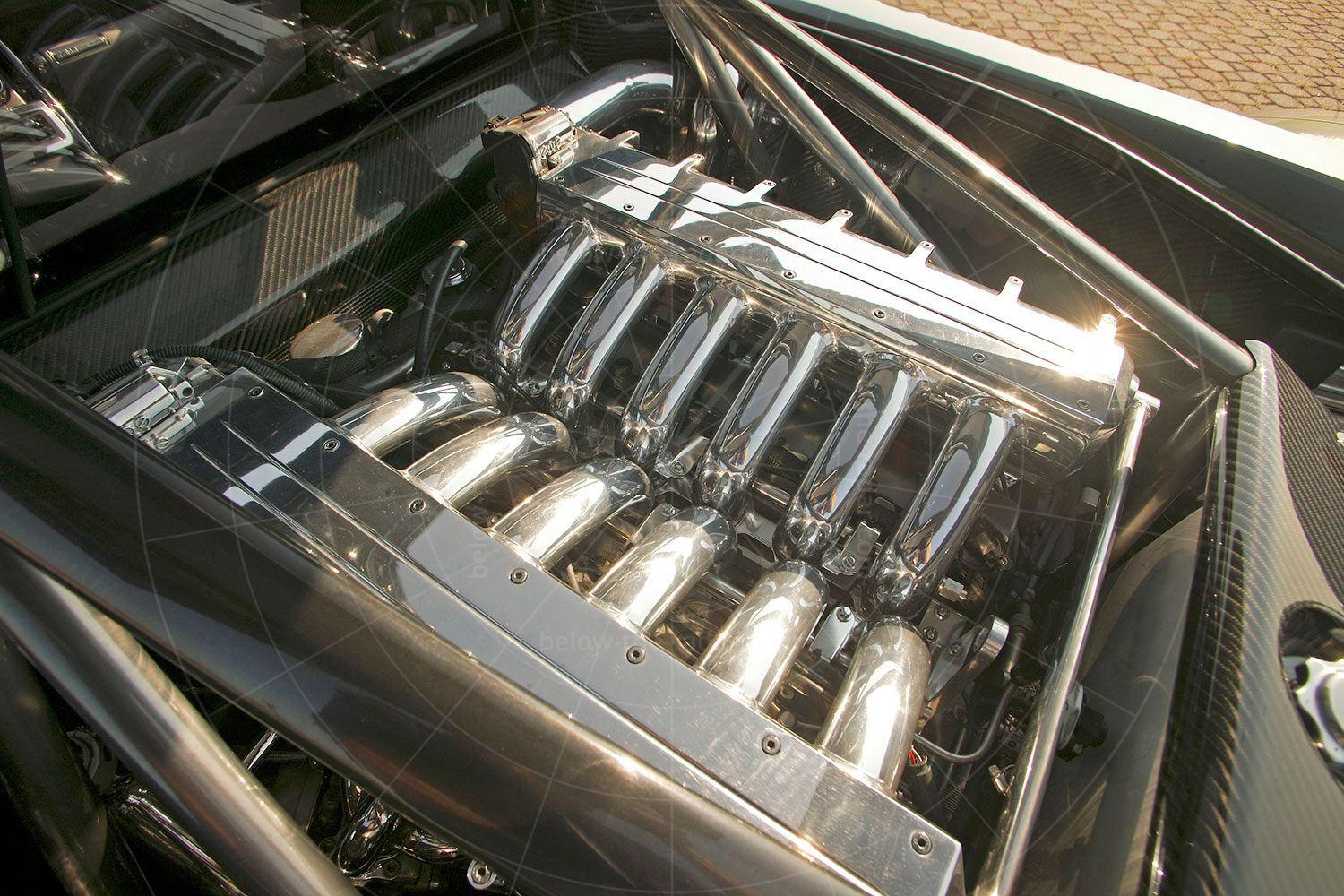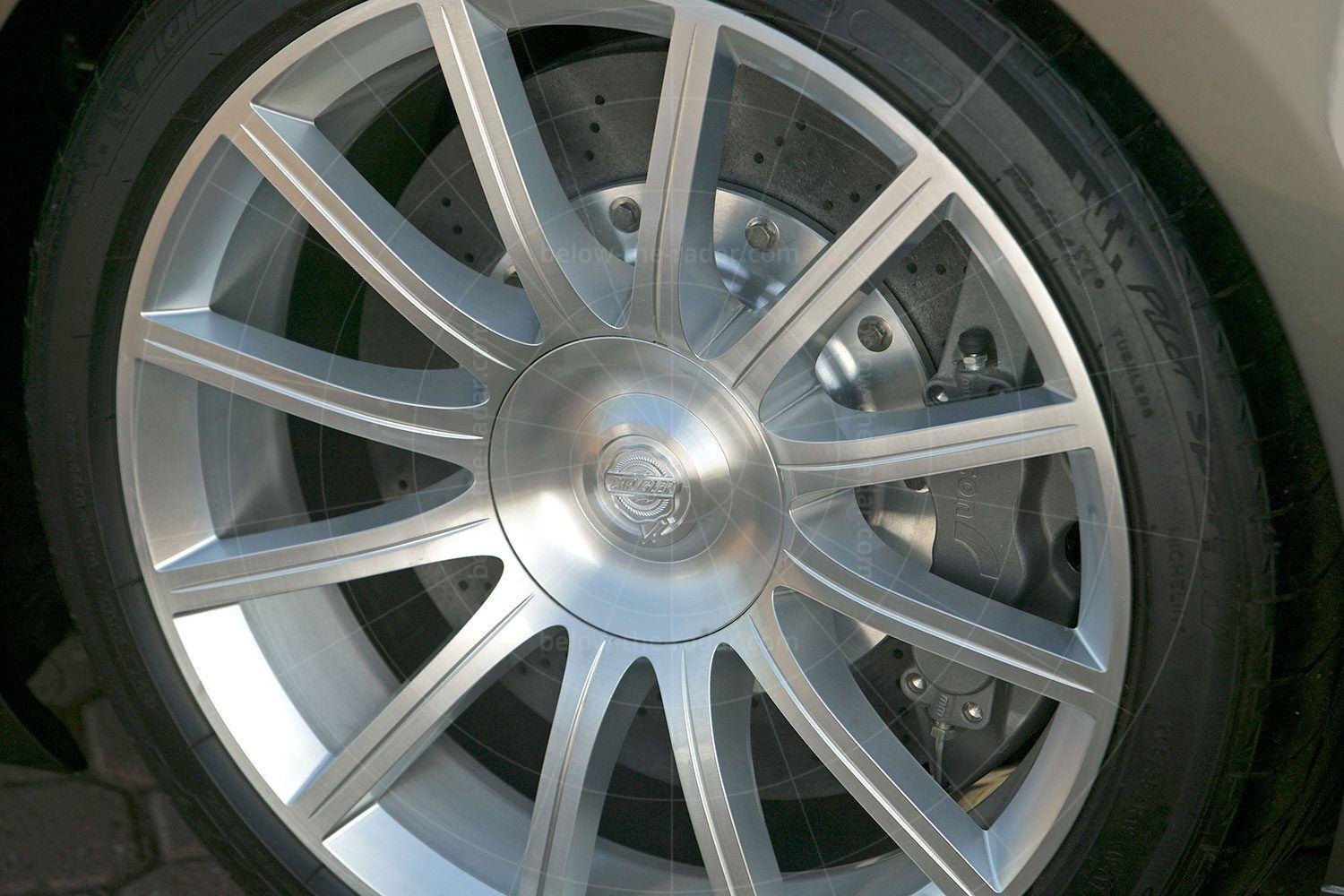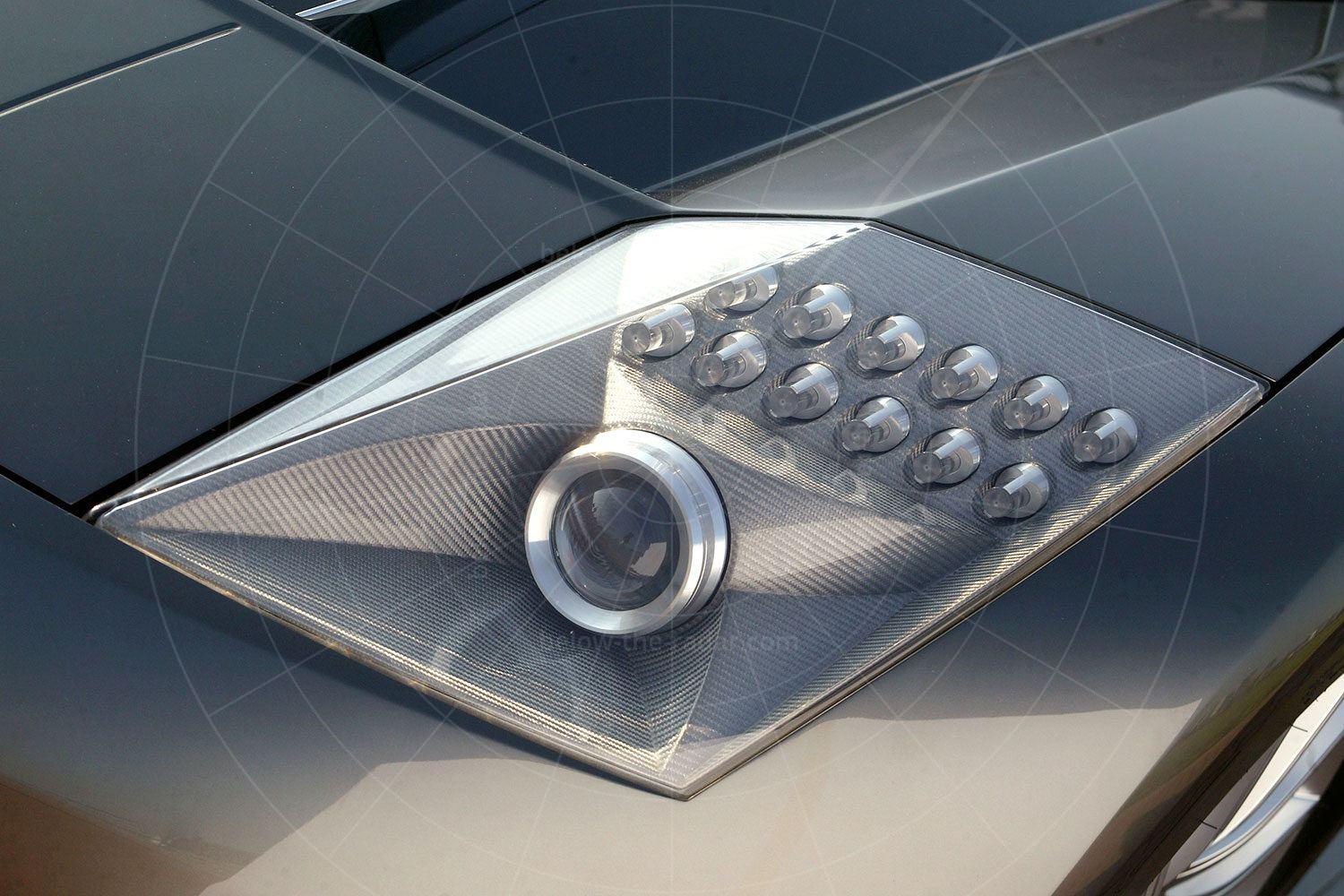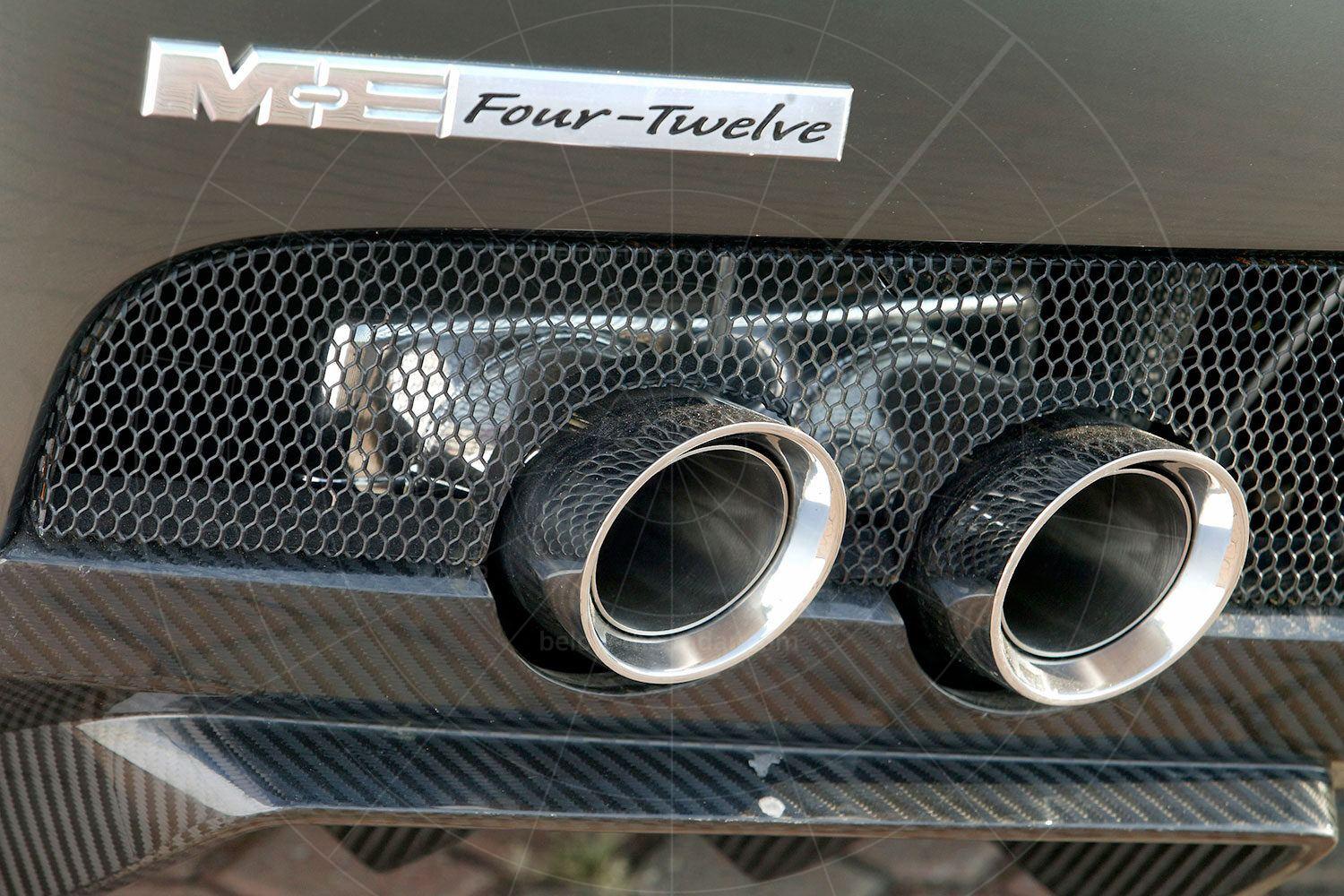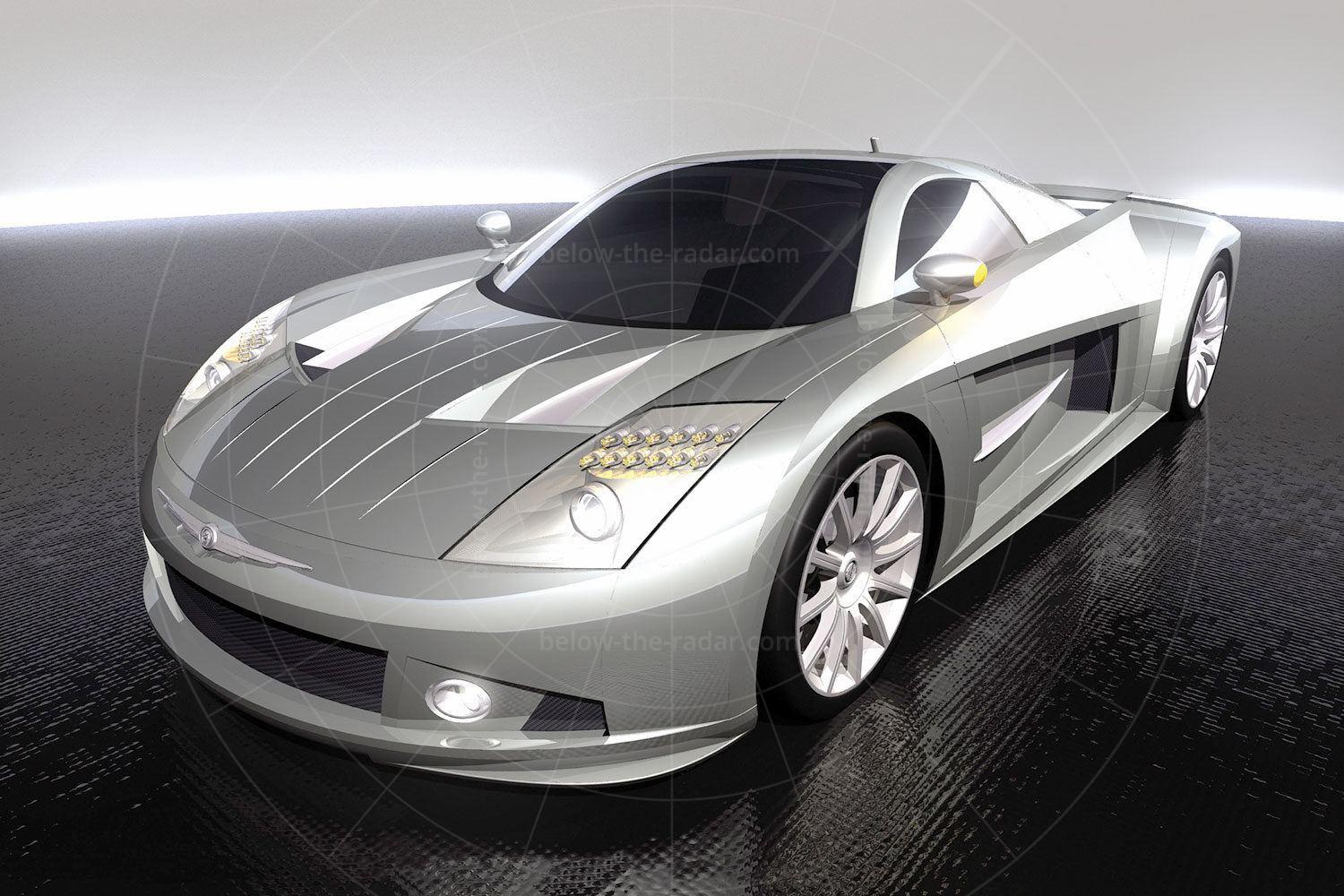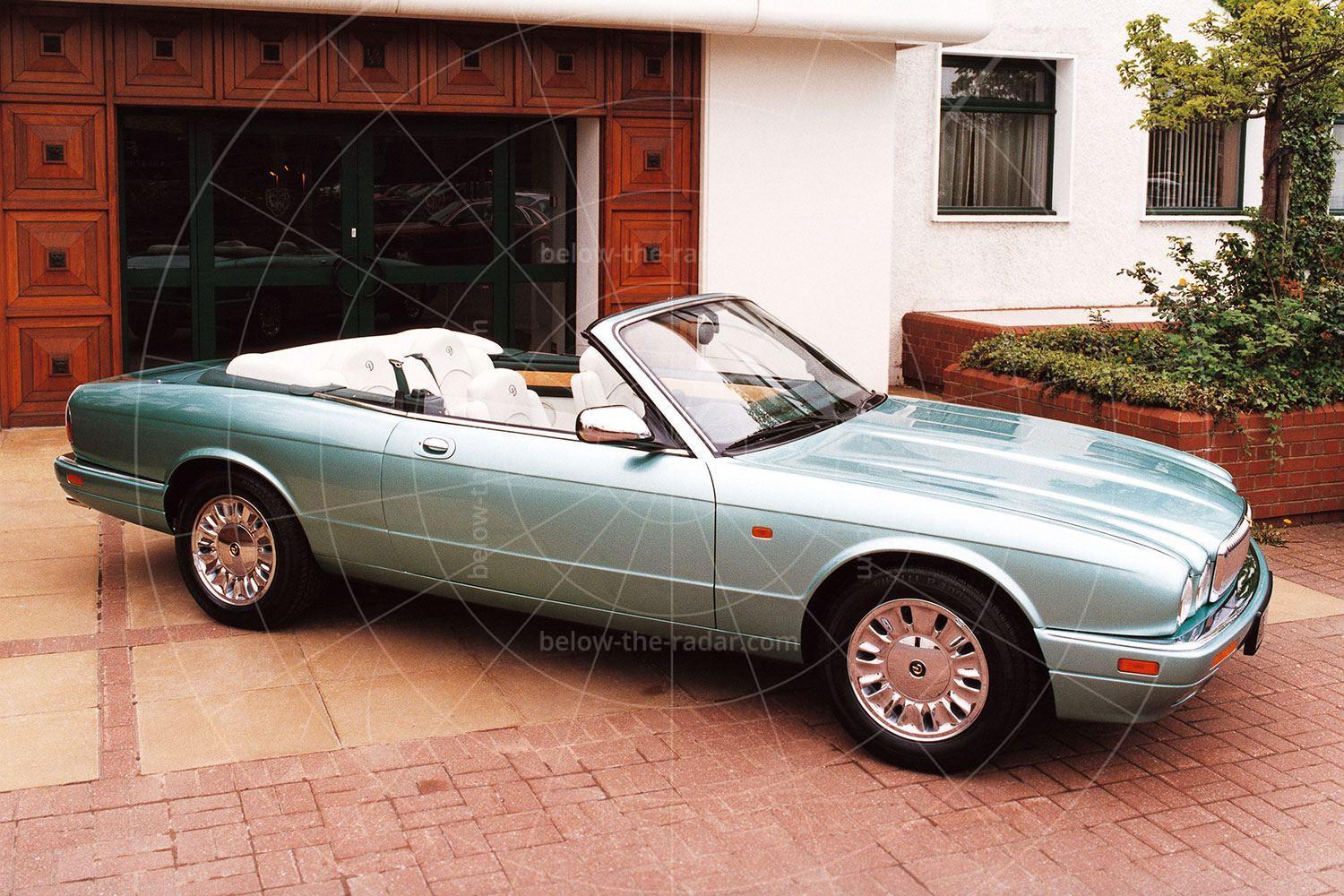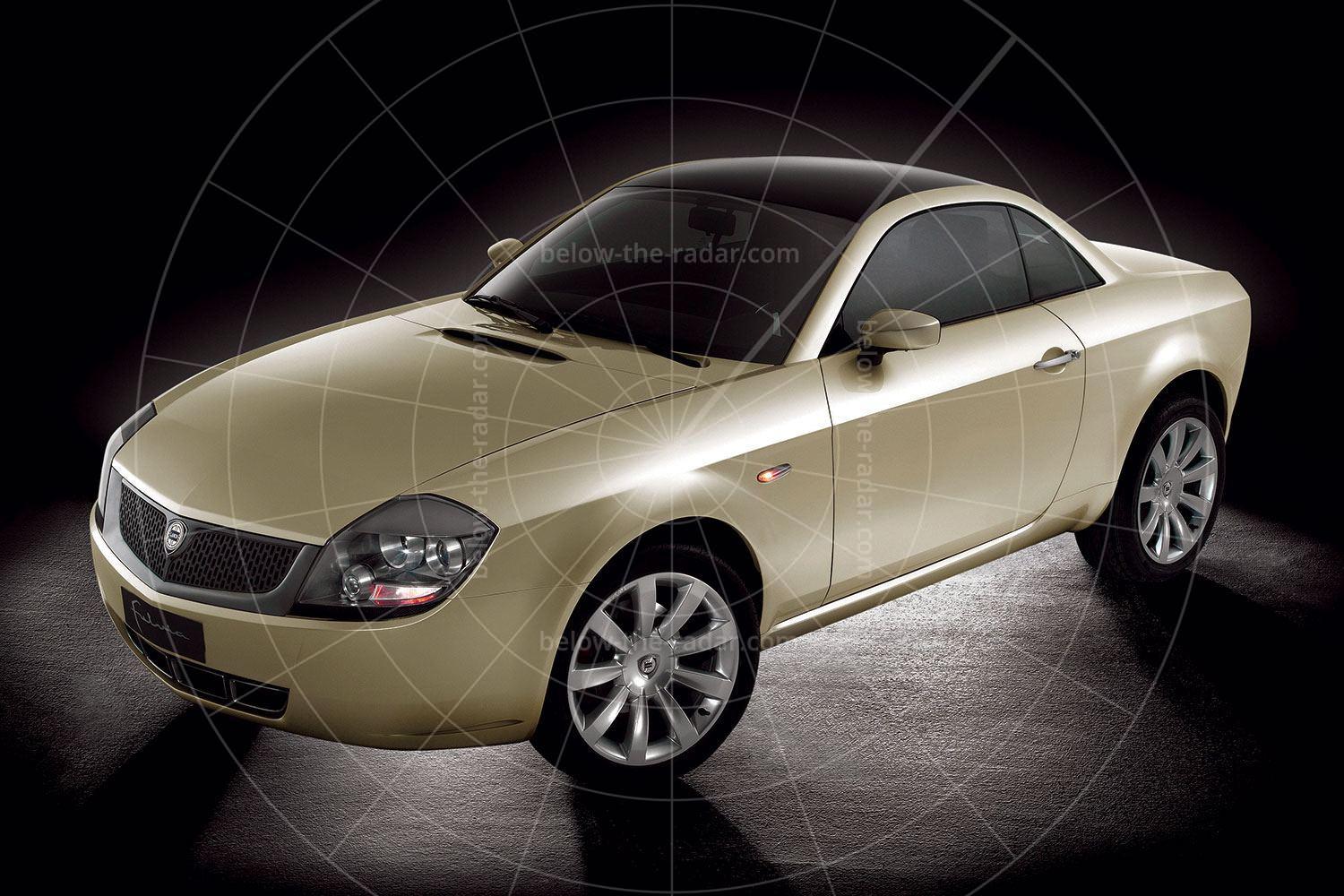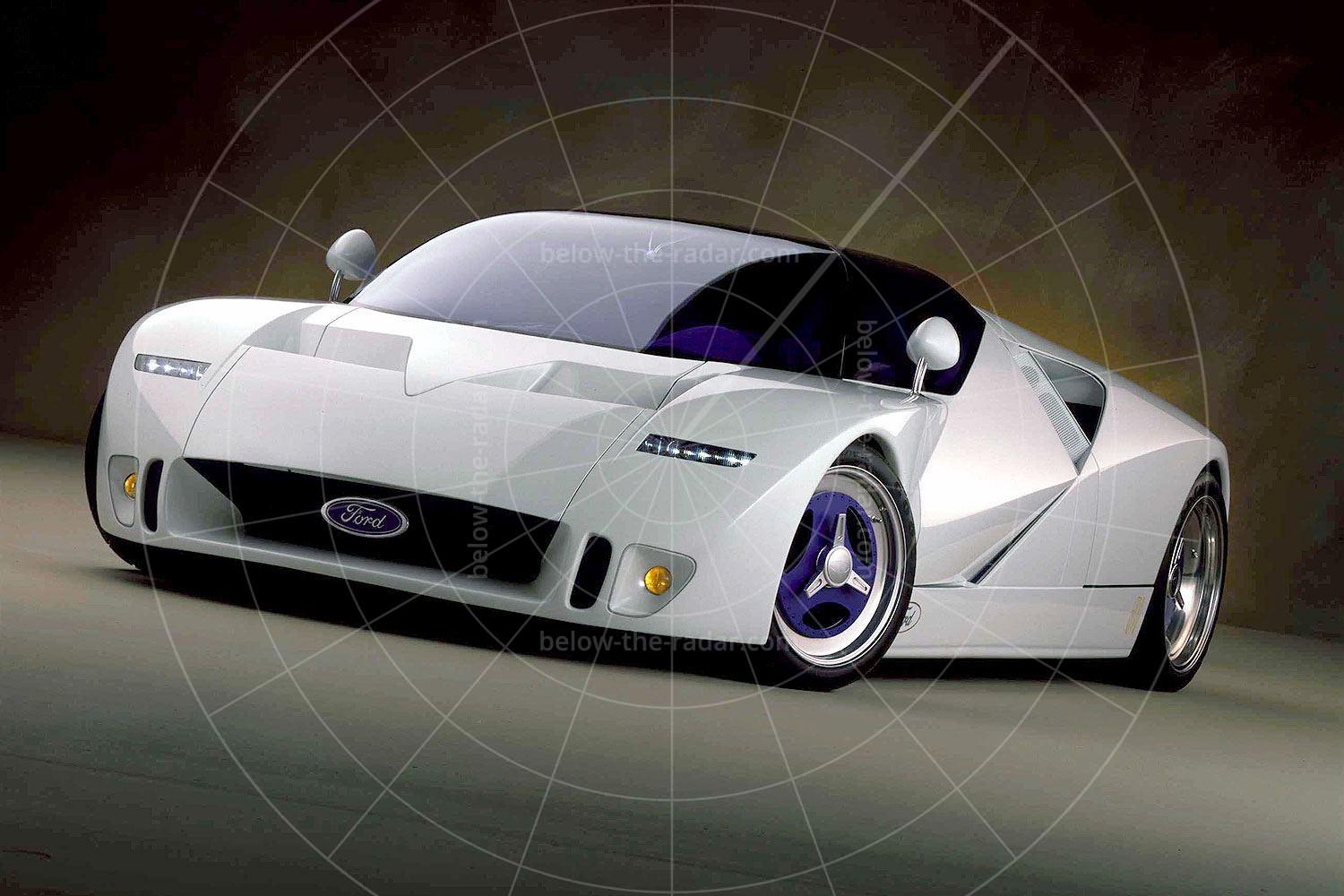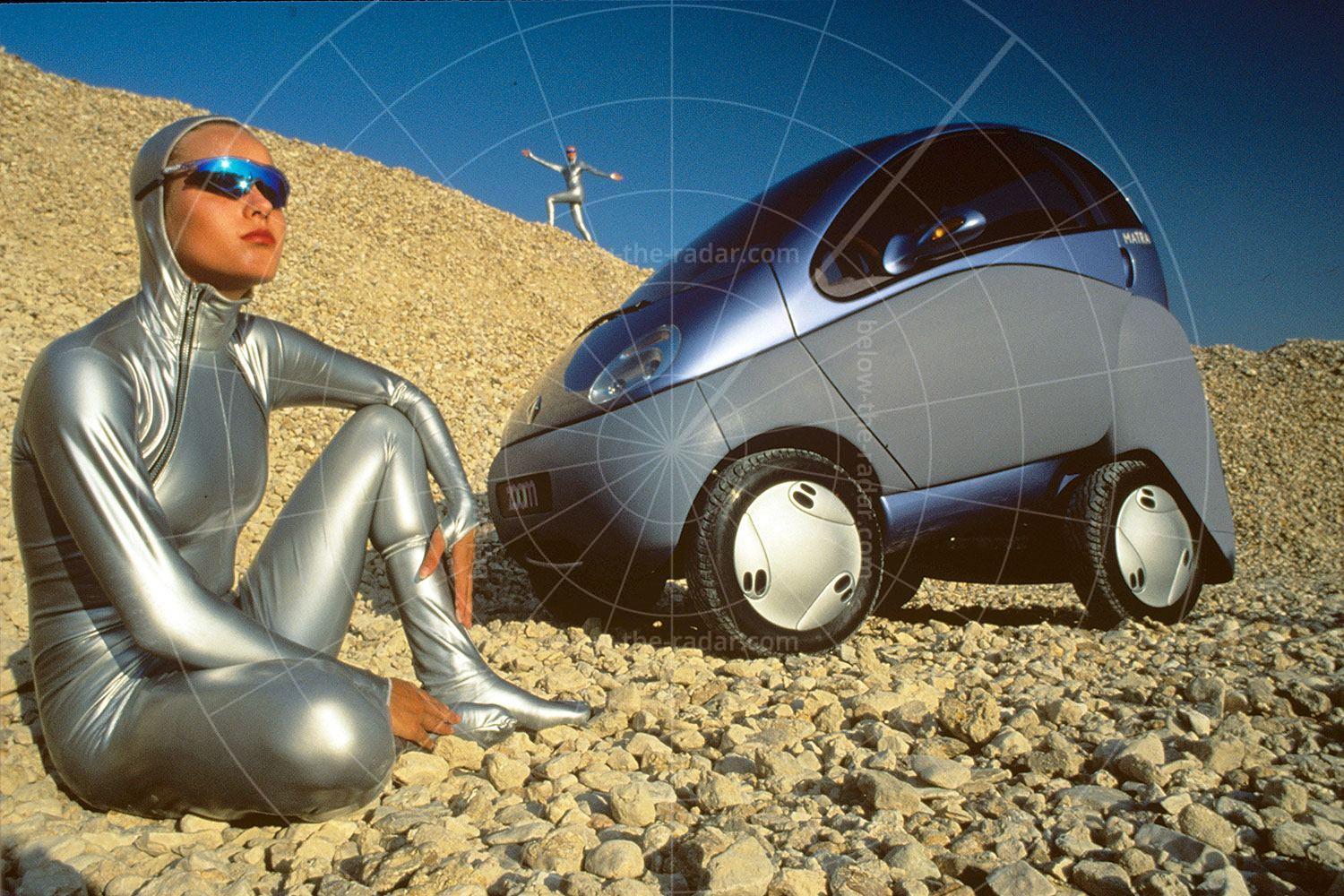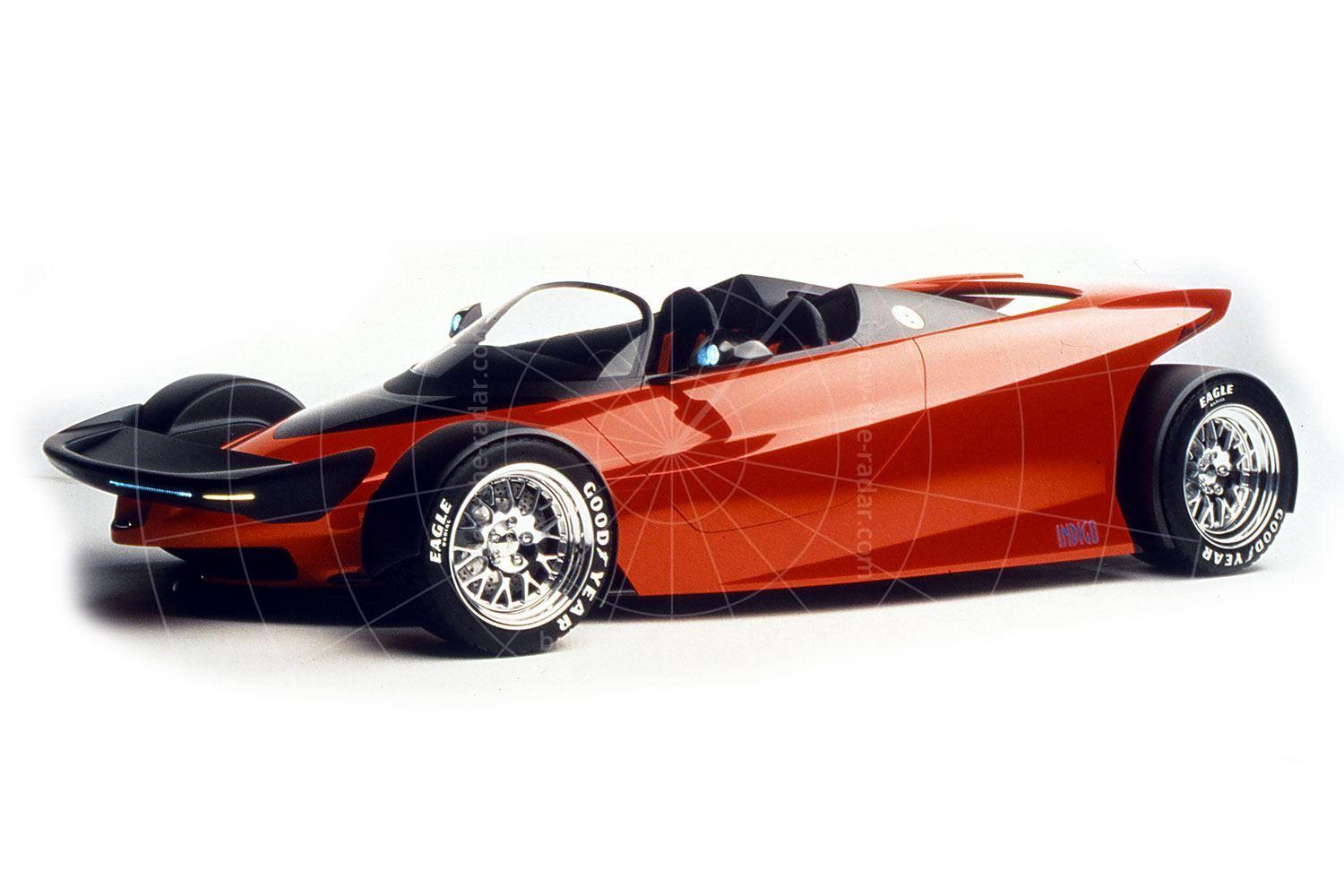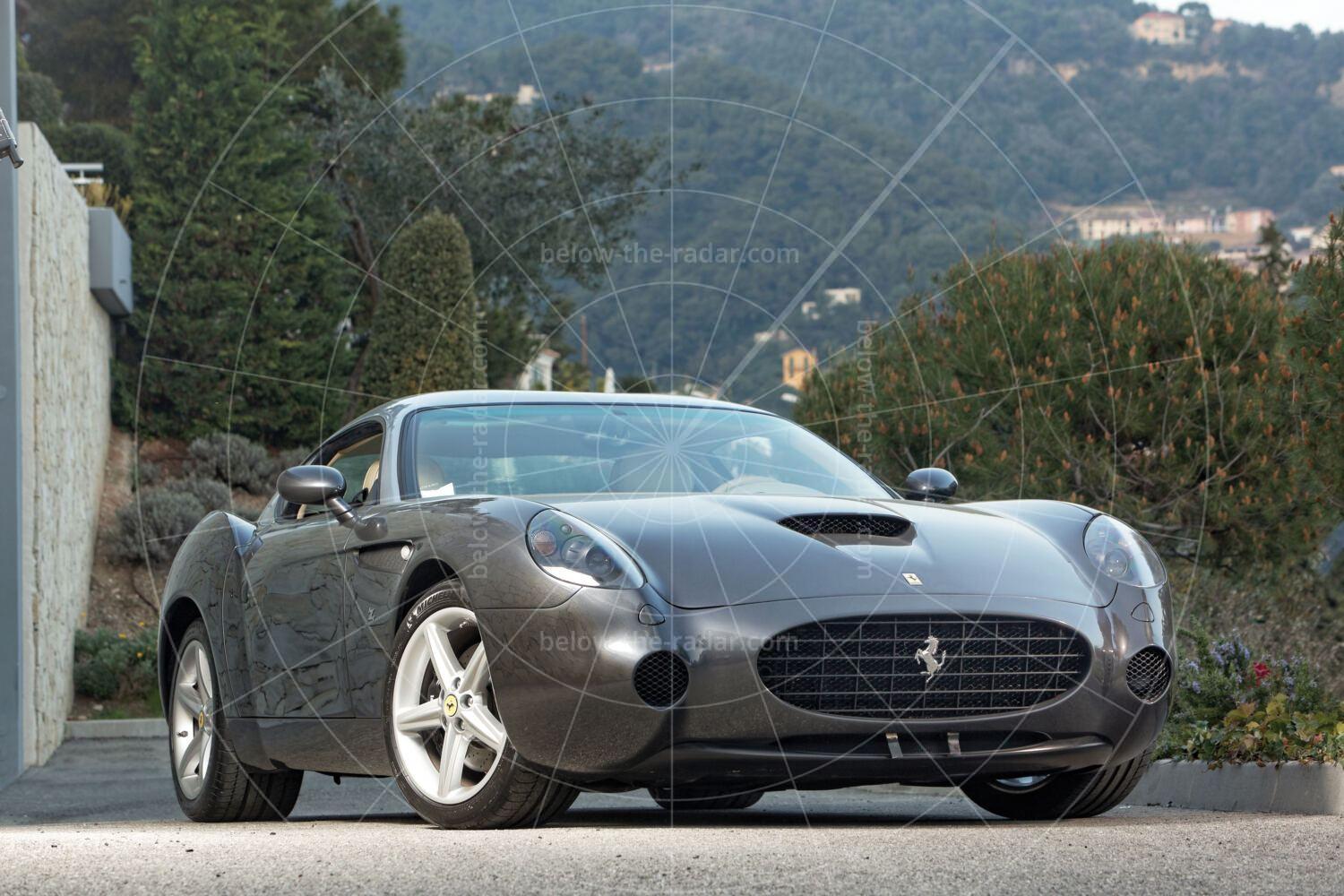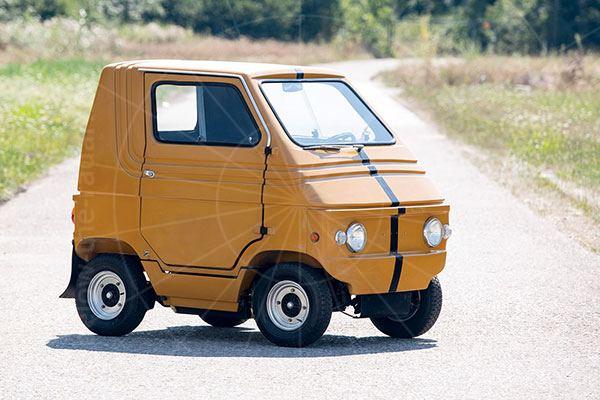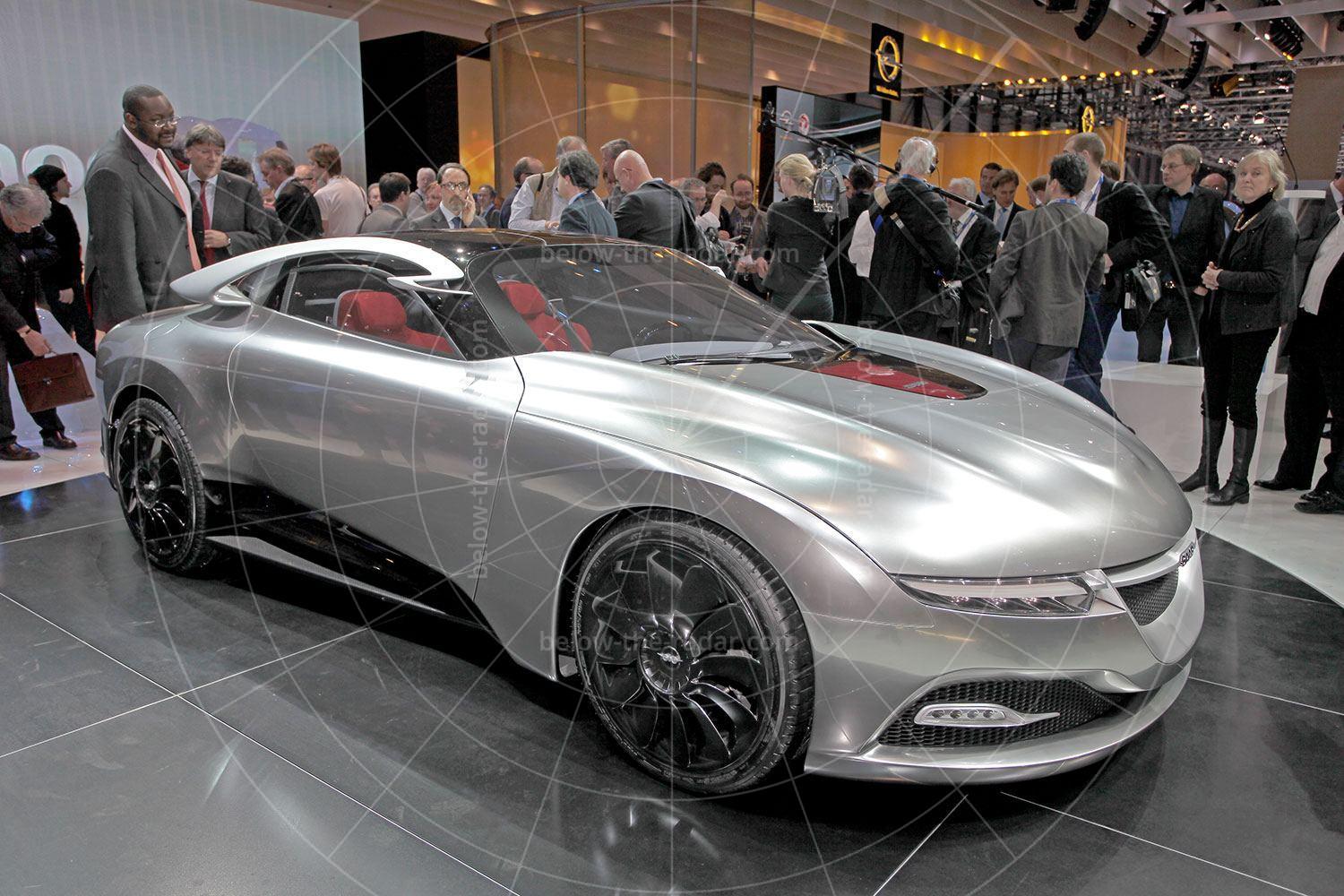When Chrysler unveiled its ME Four-Twelve at the 2004 Detroit motor show the company went to great pains to point out that this was not a concept. Instead, it was a prototype which could have been ready for the road within six months. Not only that, but the company was also seriously considering building anywhere between 10 and 2000 examples. There was also talk of perhaps 100 cars being built each year for a couple of years – whatever happened, Chrysler really wanted to see this car hit the road. But it never happened. It may have had a halo effect and lifted the reputation of the rest of Chrysler’s range, but the price was far too high. Trying to engineer and sell the car just wouldn’t have made sense in a world that was fast becoming choked with ultra-expensive supercars which had little prospect of finding owners.
The reasoning behind the ME Four-Twelve was that anything that Bugatti could do, so could Chrysler. With Bugatti having been working on the Veyron for several years, and with completion of the project not too far away, Chrysler didn’t want to be left behind. The Veyron was set to offer 987bhp, but Chrysler reckoned that with ‘just’ 850bhp it would be able to produce a car that would give the Bugatti a run for its money in terms of top speed and acceleration.
But Chrysler didn’t have the resources to get the ME Four-Twelve into production. Its more mainstream models were struggling so its designers and engineers had to work flat out to try to make them competitive. Which is a great tragedy, because as a result, the ME Four-Twelve is one of the all-time great ’what might have been’ stories.
To offer such astonishingly high levels of performance the ME Four-Twelve had to be fitted with a pretty special engine. The basis of the powerplant was the AMG-produced 6.0-litre V12 powerplant that was available in various Mercedes models. Capable of developing around 600bhp when used elsewhere, Chrysler’s engineers needed to beef it up considerably if it was to offer serious competition to the Bugatti Veyron. To that end no fewer than four turbochargers were bolted on to it, to produce a completely insane 142bhp per litre.
Of course it’s relatively easy to generate huge amounts of power from an engine, and also to produce massive amounts of specific power (horsepower per litre), but the trick is to keep everything tractable at low revs and road speeds while retaining reliability. With modern electronics this didn’t prove too much of a problem; what was perhaps more impressive was the peak torque of 850lb ft, which was available from just 2500rpm.
If keeping the engine tractable at low speeds seemed like a hurdle, it was nothing compared with getting all of that power down without drama. The obvious thing to do would have been to install a four-wheel drive system, but that would have added weight and complexity. So a rear-wheel drive layout was used instead, which Chrysler claimed could put the power down without lighting up the rear tyres every time the throttle was dabbed.
A seven-speed Ricardo dual-clutch transmission was developed specifically for the ME Four-Twelve. Fitted with the latest double wet-clutch technology and electronic control, the transmission was strong and capable of swapping ratios in lightning-quick time. The gearbox was so well engineered that it was capable of delivering uninterrupted torque to the rear wheels with shift times of just 200 milliseconds – which may not have been quite as quick as contemporary Formula One cars, but it was better than anything available for road use.
The ME Four-Twelve's bodyshell was also as high-tech as they came, being made of carbon fibre around an aluminium honeycomb tub. For a supercar it was slippery too, with a drag co-efficient of 0.36. But with almost 250mph on the cards there needed to be some pretty neat design features to cope with such high speeds. To that end there was a nose-mounted splitter to increase downforce, plus an integral rear diffuser to reduce lift and provide additional rear downforce. Formations in the belly pan forward of each wheel reduced lift further while the decklid’s rear ‘ski-slope’ formation boosted rear downforce even more.
The car’s potential was also given away by its cabin, which featured its exposed carbonfibre body tub throughout. However, it wasn’t all stripped bare as the sports seats were leather-trimmed, while there was also a premium sound system plus climate control. More importantly though, because Chrysler fully intended to put the ME Four-Twelve into limited production, it had taken the time to ensure that its cabin was usable and comfortable – unlike many of its more compromised potential rivals.
| Vital statistics | |
|---|---|
| Debut | Detroit 2004 |
| Engine | Mid-mounted, quad-turbo, 6.0-litre, V12 |
| Transmission | Seven-speed dual-clutch, rear-wheel drive |
| Power | 850bhp |
| Torque | 850lb ft |
| Top speed | 248mph |
| 0-62mph | 3.0 seconds |

